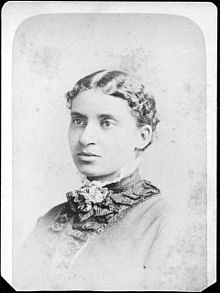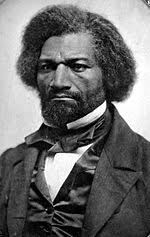Tag: Reconstruction

At O.V. Catto's death, Henry Highland Garnett gave one of the most memorable eulogies to him at his New York City church, Shiloh Presbyterian Church. This event was covered in the New York Times. Garnett, who was a classmate of Charles Reason, the first Institute for Colored Youth principal to mentor Catto, also became one of Catto's national activist associates, working together in the National Equal Rights League with Frederick Douglass. In the U.S. Capitol, painted on the ceiling, is a picture of Garnett with Horace Greeley, celebrating the passage of the 15th Amendment, which granted voting rights to...

The granddaughter of wealthy sailmaker, James Forten, and the niece of Harriet Forten Purvis, Charlotte grew up in a privileged black family in Philadelphia and New England. When her mother died in 1840, she was raised by various members of her extended family and in 1854 moved with one of her aunts to live in Salem, Massachusetts. It is there she attended a private school, where she was the only non-white student. In Salem, she became a member of the Salem Female Anti-Slavery Society and became the first non-white person to teach white students in the public school. During...

Arguably the most well-known 19th century anti-slavery and equal rights activist, Douglass spent considerable time in Philadelphia and was well connected in the African American community, as well as among white Republicans and the Union League. Douglass work with Philadelphians on black troop recruitment and his name appears on the "Men of Color of Philadelphia" recruitment poster. As a leader in the National Equal Rights League, Douglass worked with Catto to extend voting and citizenship rights to black men. Douglass was among the black leaders recognized by the Union League for their success in 1869. A Pennsylvania historical marker...

